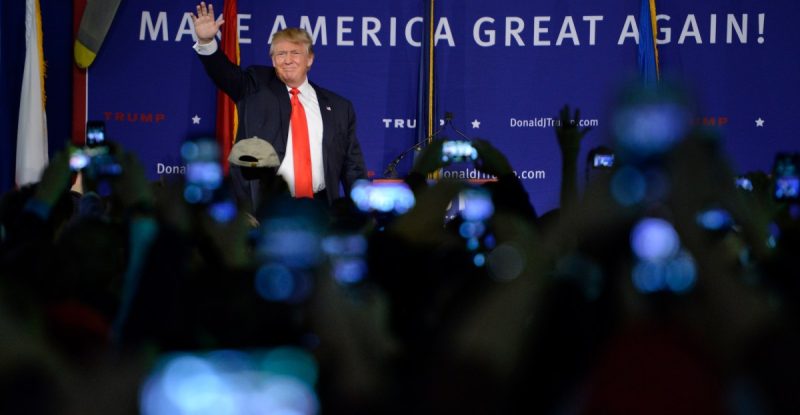
Conservatives often criticize liberals for being detached from the concerns of everyday Americans. While there’s some truth to this, a less examined phenomenon is the disconnect between the right’s intellectual elite and the broader public. This disconnect, amplified during the Trump era, has profoundly shaped American politics. The right-wing intellectual landscape isn’t monolithic; it’s better described as existing within two interconnected bubbles.
The first bubble stems from the perceived left-leaning dominance in fields like journalism and academia. Conservatives in these areas often feel outnumbered and marginalized, leading to a sense of persecution that doesn’t always align with reality. This feeling is further intensified by the second bubble: the creation of homogenous spaces where conservatives primarily interact with each other, reinforcing pre-existing biases and anxieties.
Institutions like Fox News and the Federalist Society serve as key examples of these echo chambers, providing platforms for right-wing thought within overwhelmingly liberal environments. Numerous other groups, from established think tanks to private networks, contribute to this insulated environment. While internal ideological discussions are valuable, these spaces can foster groupthink and the demonization of opponents, distorting perceptions of the country.
In recent years, a narrative has emerged among some right-wing intellectuals portraying American culture as fundamentally hostile towards conservatives. This narrative frames Trump’s authoritarianism not as aggression, but as a defensive response to an imagined all-powerful left. This perspective fundamentally misrepresents the reality of American society – a society where conservative viewpoints hold considerable sway. Yet, this caricature has gained significant traction among the right-wing elite, fueled by experiences within left-leaning professions and reinforced within their own echo chambers.
This “right-doomerism” was once confined to a small group, but now, key figures who hold this worldview are shaping policy. Individuals like Vice President JD Vance, Secretary of Defense Pete Hegseth, and State Department officials Michael Anton and Darren Beattie are prime examples of this influence. Their perspectives are reflected in policies ranging from immigration and education to foreign policy, often prioritizing culture wars over substantive solutions.
The focus on dismantling elite universities through funding cuts and tax-exempt status revocation is a clear example. This strategy, largely attributed to Chris Rufo of the Manhattan Institute, highlights the impact of this intellectual bubble on policy. Rufo, along with others, frames this action as a necessary “counter-revolution” against a perceived left-wing takeover of American institutions. The resulting policy decisions demonstrate the real-world consequences of this distorted worldview. The current administration’s actions show us exactly what that “counter-revolution” looks like in practice.
In conclusion, the influence of this right-wing intellectual bubble cannot be ignored. By understanding the dynamics of these echo chambers and the narratives they perpetuate, we can better grasp the forces shaping contemporary American politics and the rise of authoritarian tendencies.










